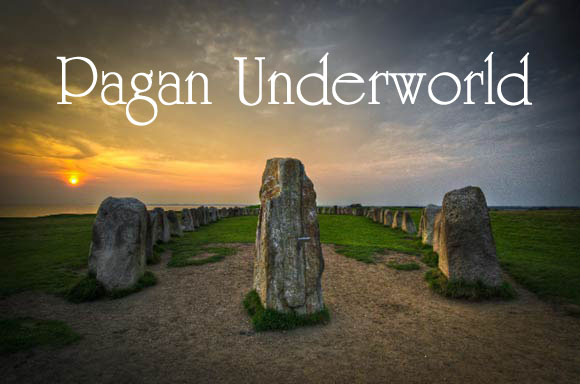Thursday, February 24, 2022
Friday, December 7, 2018
Winter Solstice at Newgrange - Inside the Passage Tomb
In December, at the very darkest time of the year, we head towards the Winter Solstice, when the new light is born out of the womb of winter. ‘Solstice’ means ‘standstill,’ and refers to the three days around December 21st when the sun appears to ‘stand still,’ or rise and set in the same place. During these long, cold nights, Earth’s very breath seems to falter in the face of the overpowering dark. Then, imperceptibly at first, the sun begins its long journey towards the south, and all of creation begins to exhale.
Rituals for welcoming back the Sun date from the dawn of civilization, as communities came together to celebrate life with feasting, music, dance, drama and above all, light and fire. Whereas today we tend to think of Christmas as a single day or weekend event, most cultures suspended normal work routines and celebrated for at least twelve days. In ancient Rome, the Winter Solstice was welcomed with a joyous and unruly feast known as the Saturnalia. By the second century AD, they also celebrated the ‘Birthday of the Unconquered Sun’ on December 25th., a custom that originated in Syria. Further north, Scandinavians celebrated ‘Yule,’ a name which could mean ‘wheel,’ or which possibly gives us the root word for ‘jolly.’
Subscribe to:
Posts (Atom)

